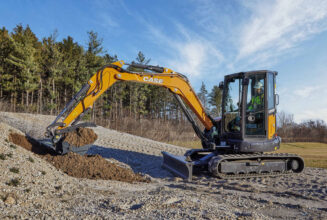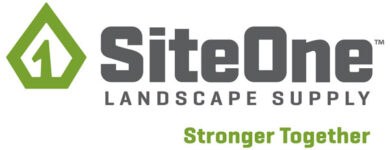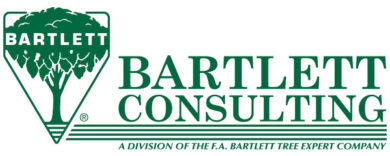State of the Industry 2017 Q&A with IA
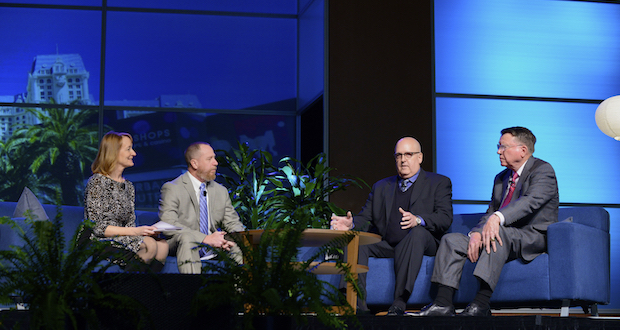
Landscape and Irrigation recently asked John Farner, government and public affairs director at the Irrigation Association (IA), to discuss the current state of the irrigation industry and provide some foresight to what 2018 may hold for industry professionals.
L&I: Please give us a brief update regarding Irrigation Association: what’s new or different, what legislation you are monitoring with regard to landscape irrigation, and anything else our readers should know.
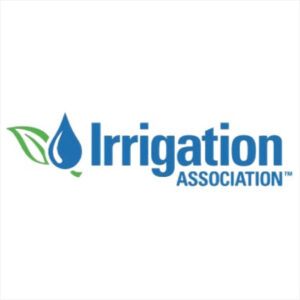 Farner: If one word could describe 2017 for the Irrigation Association, it would be “exciting!” As we see the economics of the industry continue to improve, we are investing more and more in programs supporting the IA’s strategic plan. One of the more exciting programs announced in 2017 is our new educational curriculum, which takes elementary school children in third through fifth grades through a journey of activities focused on the benefits that irrigation brings to our society. In addition to our curriculum, the sale of our headquarters a couple of years ago has afforded us the opportunity to invest in programs that will allow the IA to spread our messages of promoting efficient irrigation and the benefits of irrigated landscapes to an even broader audience.
Farner: If one word could describe 2017 for the Irrigation Association, it would be “exciting!” As we see the economics of the industry continue to improve, we are investing more and more in programs supporting the IA’s strategic plan. One of the more exciting programs announced in 2017 is our new educational curriculum, which takes elementary school children in third through fifth grades through a journey of activities focused on the benefits that irrigation brings to our society. In addition to our curriculum, the sale of our headquarters a couple of years ago has afforded us the opportunity to invest in programs that will allow the IA to spread our messages of promoting efficient irrigation and the benefits of irrigated landscapes to an even broader audience.
Speaking of exciting times, the IA continues to be at the forefront of legislation and regulations throughout the United States, including Congress. One of the more pressing initiatives we are leading right now is the authorization of the EPA’s WaterSense program, which faces elimination by the Trump administration. The IA’s volunteers and staff are working with Congress to scope out and promote a strong WaterSense program that will enhance the market for efficient irrigation technologies and services for years to come.
L&I: What are the biggest challenges landscape irrigation industry professionals have faced in the past year, and how are those challenges being met?
Farner: As the economy continues to improve, finding access to a skilled workforce remains a challenge. The IA is a big supporter of the Irrigation Foundation, which promotes careers in irrigation. Through programs such as Faculty Academy and the E3 program, we are seeing more and more bright young adults drawn to what are quite successful career opportunities in our industry.
L&I: What do you think have been the biggest advancements in the industry in the past year, and what areas need to improve?
Farner: The irrigation industry amazes me more and more every year. We live in a time where the advancement of technology is increasing faster than it ever has before, and our industry is embracing these advancements with arms wide open. While weather-based and soil moisture-based Smart controllers have been on the market for a few years, the customers’ ability to interact with these controllers becomes easier and easier. Our cell phones are our new “keys to the kingdom,” and it’s no different when it comes to efficiently and effectively controlling your irrigation system.
Our biggest challenge is getting these technologies implemented in the marketplace. We are doing what we can in partnering with water providers, educating contractors and advocating for incentives, but for these new technologies to really make a difference, we need to do a better job at getting them more and more in use.
I can’t wait to see what’s next for our industry.
L&I: What will be the industry’s biggest story in the coming year?
Farner: The IA is preparing several new initiatives to roll out and support throughout 2018. Some are focused on promoting the benefits of irrigated landscapes, and others promote new and innovative ways to drive irrigation research and train professionals in the landscape irrigation industry. These will be gradually rolled out over the next year or so. However, the biggest story will be the continued success of our industry in driving innovation, saving water and providing healthy landscapes to communities everywhere.
L&I: What is your overall outlook for the industry heading into 2018?
Farner: Our outlook for the industry is strong. More and more customers, water providers, legislators and regulators are turning to the irrigation industry for solutions to problems. While there will be bumps in the road, drought, regulations, restrictions, etc., our industry is better prepared now than ever before. We have a good story to tell, and we doing a better and better job at telling it.

